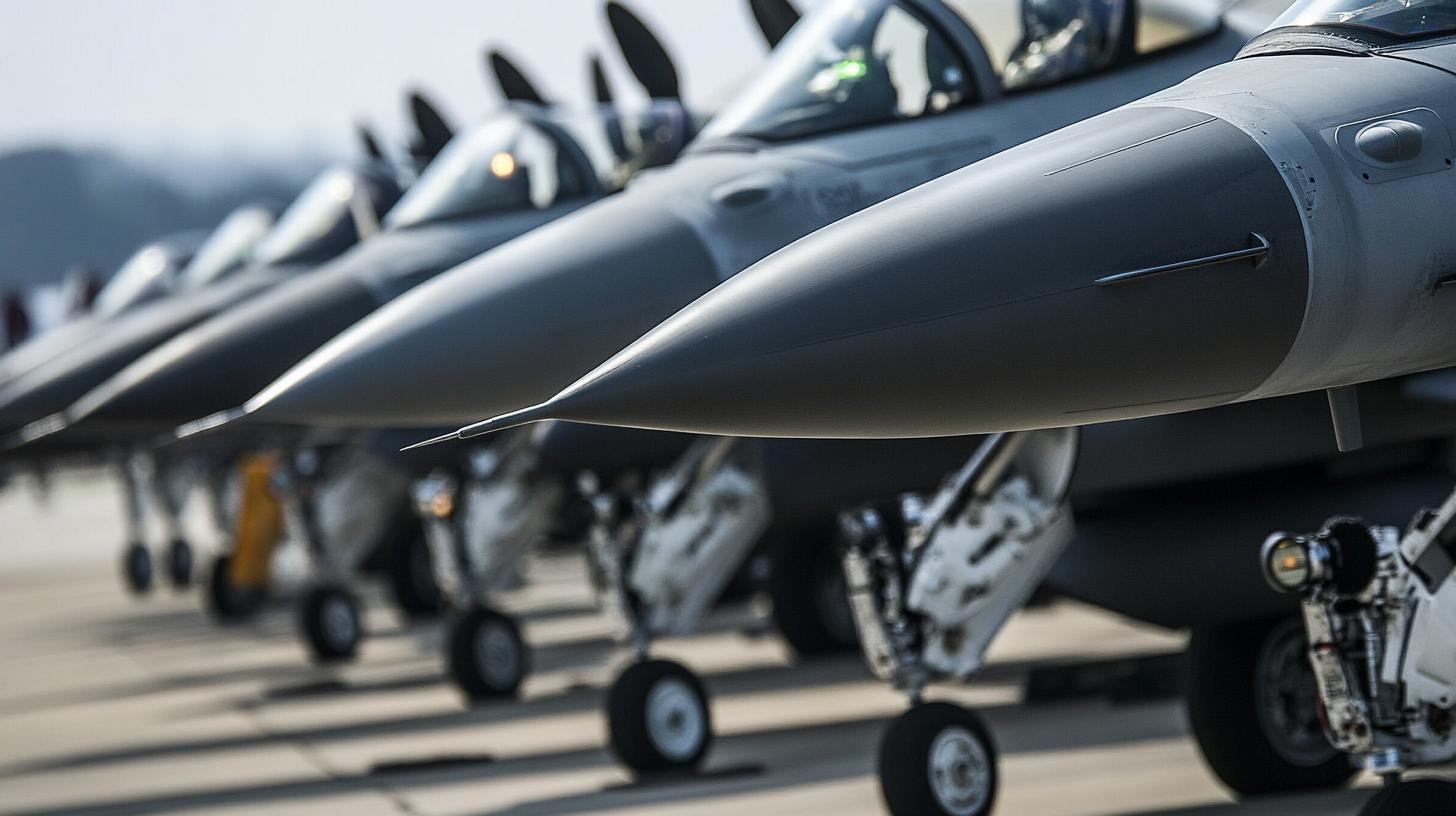In a strong strategic move, Taiwan has taken possession of its first shipment of MGM-140 Army Tactical Missile Systems (ATACMS) from the United States. While the exact number of these advanced missiles remains undisclosed, Taiwanese military sources have confirmed their arrival. These missiles possess the longest range version, capable of hitting targets up to 300 kilometers (186 miles) away—reaching the Chinese mainland.
Bolstering Defense Capabilities
Accompanying the ATACMS, 11 High Mobility Artillery Rocket Systems (HIMARS) have also been delivered to Taiwan. Last week, Taiwan’s defense ministry revealed their arrival. This delivery is part of a significant purchase approved by the Trump administration in October 2020, which includes 29 HIMARS units.
Strategic Deployment
The newly acquired rocket artillery systems have been stationed at the 58th Artillery Command of the 10th Army Corps in Taichung. Here, Taiwanese soldiers are being trained in their operation to maximize effectiveness. The ATACMS will join them, expected to be a critical component in Taiwan’s military strategy. The HIMARS, which also utilizes Guided Multiple Launch Rocket Systems with a reach of about 70 kilometers (43 miles), increases Taiwan’s defensive and offensive capabilities.
The acquisition of these missile systems follows the U.S. approval of other military sales to Taiwan, including the National Advanced Surface-to-Air Missile Systems and long-range radars valued at $1.94 billion. Looking ahead, Taiwan anticipates receiving 66 F-16V fighter jets by 2026, further enhancing its defense posture.
Game Changer or Risky Move? Understanding Taiwan’s New Missile Acquisition
In a recent development, Taiwan’s acquisition of MGM-140 Army Tactical Missile Systems (ATACMS) from the United States marks a significant leap in its military capabilities. These long-range missiles represent not just a boost in defense, but also a potential pivot toward more complicated international relations, particularly in a region where balance is crucial.
Technological and Strategic Impacts
Beyond this acquisition, the U.S. transfer of 11 High Mobility Artillery Rocket Systems (HIMARS) forms part of a larger strategy to fortify Taiwan’s defense. However, questions arise about the implications of such advancements. How might this influence global power structures, and what role do they play in the evolution of military technology?
Technological Advancements
The inclusion of cutting-edge systems like ATPMS and HIMARS reflects a broader trend in military technology—favoring precision and range. Notably, the evolution of such systems often spearheads advancements in satellite guidance and radar technologies. Taiwan’s move might accelerate the development of defense strategies globally, focusing on deterrence and precision warfare.
Controversial Implications
One major controversy revolves around whether these technological advancements indeed contribute positively to humanity’s future. The possibility that these systems could escalate tensions raises ethical questions. How to balance the needs for national security with the imperative for maintaining peace?
Advantages and Disadvantages
By strengthening defensive capabilities, Taiwan aims to establish a more robust deterrent against potential threats. This seems advantageous for national security. Nonetheless, the big question remains: does building a stronger military deter aggression or provoke it?
Advantages:
– Increased Defense: Enhanced military assets potentially dissuade adversaries from making aggressive moves.
– Technological Growth: Encourages the development and innovation in related tech sectors.
– Strategic Defense: Provides a buffer and confidence in regional defense posture.
Disadvantages:
– Escalation of Arms: May prompt neighboring entities to enhance their arsenals in response.
– Economic Implications: Large defense budgets could divert funding from other critical societal needs.
– International Relations Strain: Could strain diplomatic ties with nations viewing such moves as provocative.
Where Do We Go From Here?
Analyzing Taiwan’s defense strategy raises pertinent questions/dilemmas about the future course of international military and technological landscapes. As countries ponder their defense requirements, are they also considering the global repercussions?
To gain further insight into global defense strategies, you can explore websites like the U.S. Department of Defense or Atlantic Council. These resources offer broader perspectives on military developments, policy-making, and their implications.
What remains clear is that the acquisition of modern military systems involves complex considerations, weighing immediate security benefits against longer-term geopolitical impacts and ethical considerations. Such discussions will likely shape future defense policies and international relations in the ever-evolving arena of global security.







